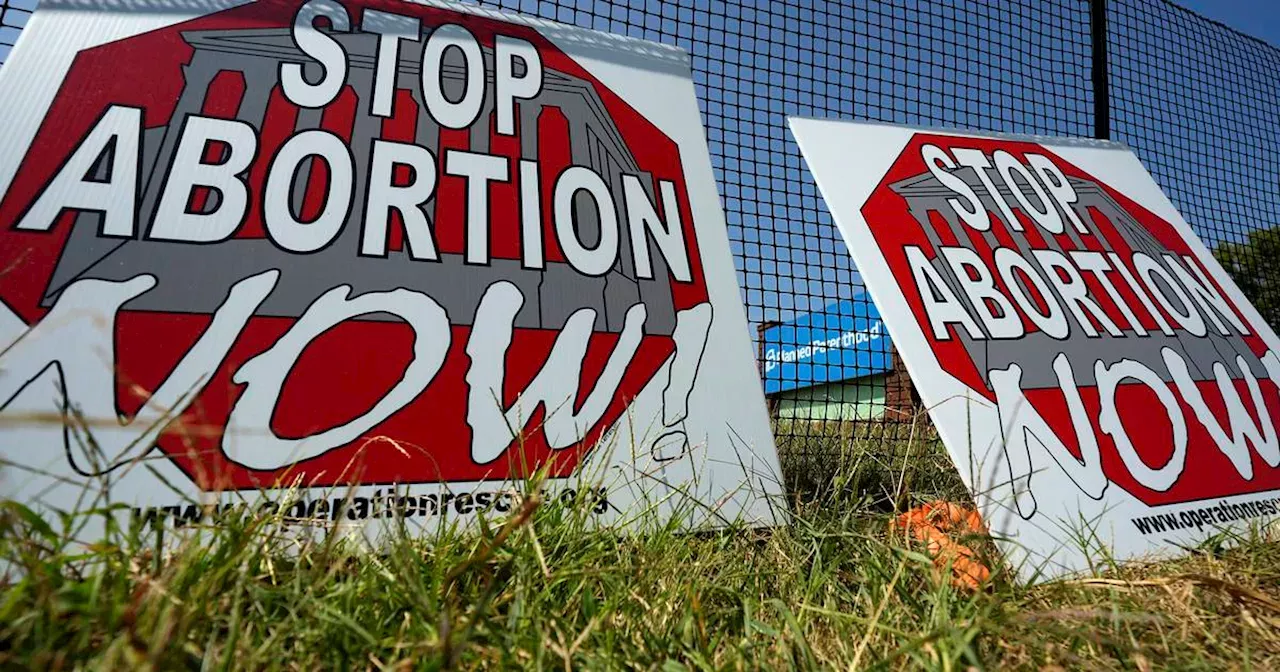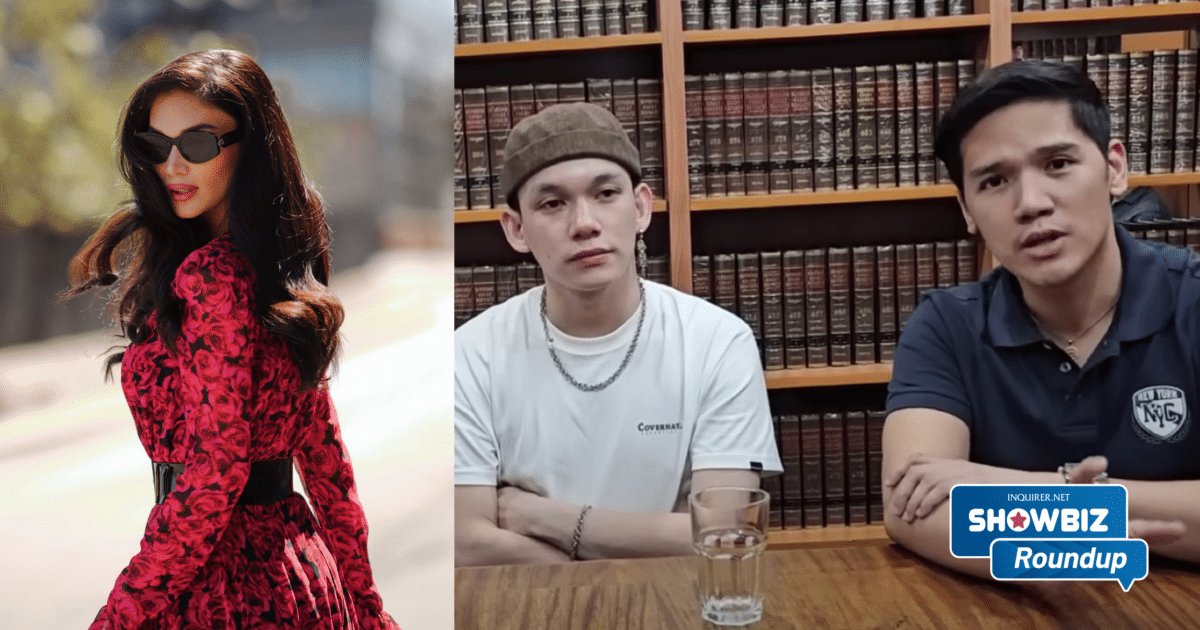DUBAI: Throughout August, Sotheby’s is running “Hafla,” a sale series billed as “a celebration of Middle Eastern art.” “Hafla” comprises four exhibitions: “Khamseen: 50 Years of Saudi Visual Art,” “Masarat Al-Hibr: Exceptional Qur’anic and Calligraphic Works from the Bashir Mohamed Family Collection,” “A2Z Advisory Jewelry at Sotheby’s,” and an exclusive capsule collection of handbags with designs inspired by Saudi Arabia. “Khamseen,” Sotheby’s head of sale, modern and contemporary Middle East, Alexandra Roy, says, is the largest component of “Hafla.
” It was curated in collaboration with Jeddah’s Hafez Gallery and its founder, Qaswra Hafez, and consists of paintings, sculptures, photography, prints and installations dating from the 1960s up to the present day. “We’ve known Qaswra Hafez for a long time, and this has been a project that he’s been thinking about doing for a while,” Roy says. “It’s very much overdue.

There have been some amazing shows in London on Saudi visual culture and, of course, a lot is happening in the Kingdom right now. It’s an amazing moment to be part of that. “Sotheby’s was part of the two art biennales in Saudi Arabia, so we’re continuing on from that,” she adds.
“We have 60 artists (represented) and it’s the first time some of the works have ever been seen. We go back to circa 1965, and it’s been difficult to source works from as early as that, but we really wanted to show (work) from the pioneers. “I actually didn’t know a lot of these artists, so I’ve been reading about them, and it’s pretty incredible.
A lot of them were sent on scholarships abroad and studied in Italy, in France, and then came back and were responsible for setting up exhibitions themselves. And even after 1979 — the period in which the Kingdom became more conservative — artists really continued producing. They were also really supporting each other.
” The exhibition also shows, Roy suggests, how the present-day artists in the Kingdom “are responding to the global promotion which they’re now getting.” However, she stresses, “Khamseen” is merely an “introductory” show. “We could have dived so much deeper.
I hope it will be the first step towards a few more.” The other major Saudi influence in “Hafla” can be found in the capsule collection of handbags created by the UK luxury brand Asprey in collaboration with Nuun, the jewelry house founded by Princess Nourah Alfaisal. “We’ve been in touch with Princess Nourah for a number of years.
She’s such an interesting personality who has a wide variety of personal projects,” says Sophie Stevens, director and jewelry specialist MENA for Sotheby’s. “She’s a very, very prominent figure in the Saudi cultural scene. She was enormously excited when she heard about this exhibition, because it’s a great platform to speak about those initiatives.
We’re doing several events and talks and educational initiatives with her during ‘Hafla.’ “Earlier this year she worked very closely with Asprey, to create five designs for their 1781 Asprey pochette bag, using textiles based on the five major regions of Saudi Arabia,” Stevens continues. “And we thought, as part of this initiative on the luxury side, it’s just perfect in terms of a blend between Saudi heritage and one of the oldest British luxury houses.
” The other part of the luxury side of “Hafla” is the collaboration with A2Z, founded in 2018 by Abdulrahman Al-Zayani, whom Stevens describes as the Gulf’s leading jewelry and art advisor. “We’re taking over the Sotheby’s salon space on New Bond Street, and we’re going to be exhibiting about 140 pieces that are inspired by Eastern design or have some kind of connection,” she says. “So, we’ve got some great designs from the last century or so — some great art deco pieces, phenomenal colored stones, great diamonds, and then we’ve also got some of the leading contemporary designers at the moment.
It’s a great mix. And, again, we’ll be doing a few educational talks. We’re hosting one with (Al-Zayani), based on the art of collecting.
It’ll be great to explore that topic with him.” The final “Hafla” component presents 28 calligraphic and Qur’anic works from the family collection of the pioneering Islamic art expert Bashir Mohamed. “We’re starting from the earliest examples of the script from the 9th century up until contemporary iterations in the 21st century,” says Islamic and Indian art specialist Frankie Keyworth.
“It’s a mix of Qur’anic leaves and calligraphic secular leaves, just to trace how the script was developed and how each region created its own identity by using the script in some of their works.” Keyworth highlights two works as particularly special: A bifolio from the famed Blue Qur’an, and an illuminated firman (mandate) bearing the tughra (a calligraphic monogram that served as an official signature) of Suleyman the Magnificent, from 1565 CE. Of the former, Keyworth says: “We’ve seen individual leaves from the (Blue Qur’an) come to auction, or in exhibitions, but it’s really exciting to have a bifolio because you get the true sense of its scale and of just how impressive it was.
” The firman, meanwhile, Keyworth describes as “so, so intricate, so finely illuminated. You see this beautiful interaction — how the calligraphic monogram comes together with the decoration to create this work of art in its own right.” “Hafla” opened at a time when the UK was experiencing civil unrest due in great part to right-wing groups stoking Islamophobia.
And although the sale series was planned well in advance, the timing of a showcase of Middle Eastern culture is particularly apposite. “I think it’s hugely important and a very impactful way to open up greater exchanges and cultural understanding,” says Stevens. “I’m really looking forward to the educational side as well, because I think it’s going to deliver so much more understanding.
”.



















